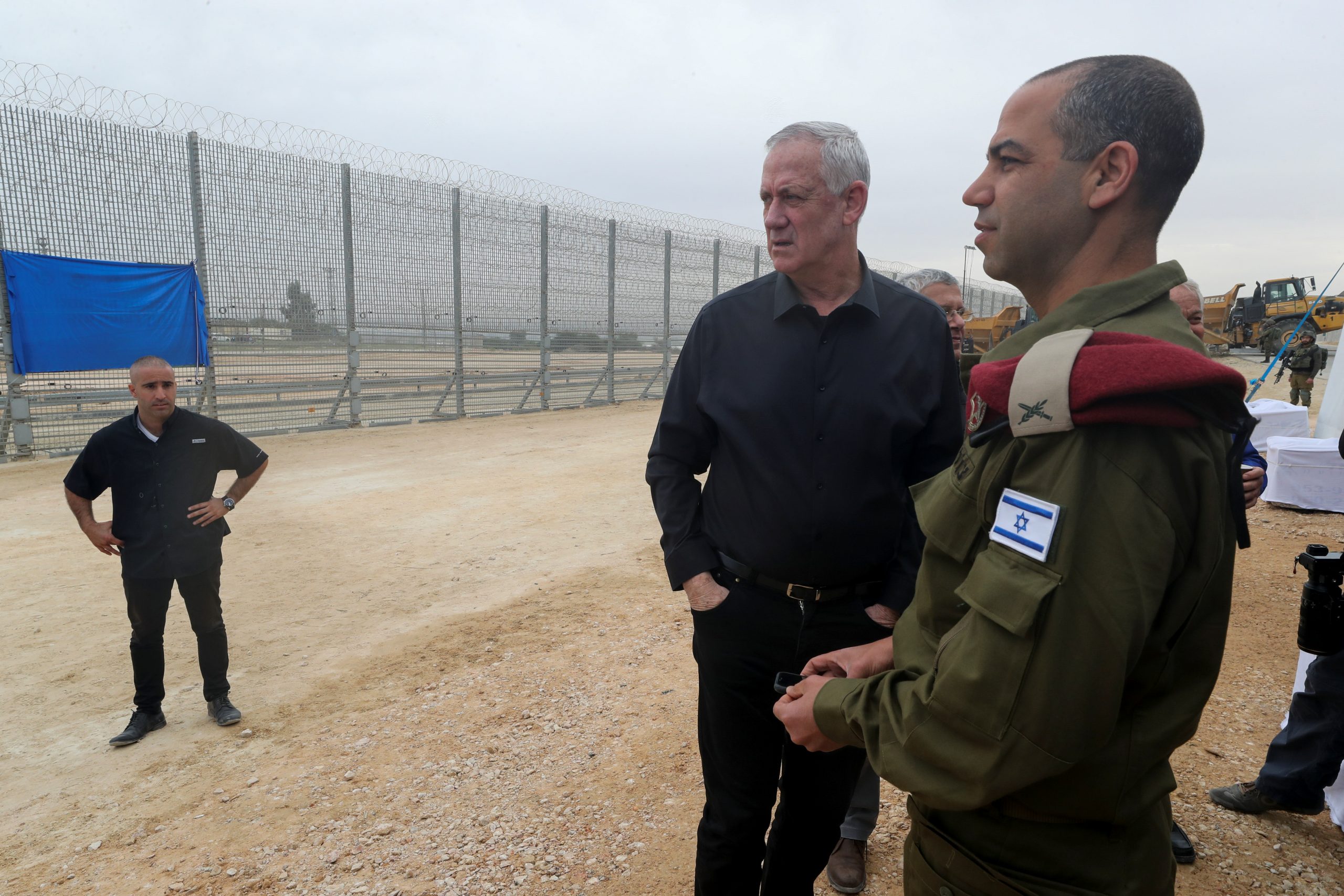
Marion Bae, FISM News
[elfsight_social_share_buttons id=”1″]
Israeli officials announced this week that their billion-dollar border wall spanning 40 miles across the Gaza Strip is complete. The project took over three years to construct and stands 30 feet tall, stretching below ground to prevent critical attacks.
According to The Times of Israel, the need for the barrier was spurred by ongoing subterranean attacks carried out at the orders of the Palestinian Hamas rulers that govern the Gaza Strip. The decision came after the 2014 Gaza war and has been known as Operation Protective Edge.
The completion of the defensive wall was announced at a ceremony on Tuesday, during which Israeli Defense Minister Benny Grantz said, “This barrier, a creative, technological project of the first order, denies Hamas one of the capabilities that it tried to develop and puts a wall of iron, sensors and concrete between it and the residents of the south,”
The wall covers the Israel-Gaza border in its entirety, even extending into the sea as a preventative measure for underwater tunnels, which terror groups are said to have tried to construct in the past. The subsurface portion of the wall is made of reinforced concrete with sensors placed to detect tunnels. A 20-foot steel fence stands on top of the concrete foundation, and command centers were placed across the border.
Israel has been led to take such drastic defense measures after a slew of deadly attacks from the terror groups across the border. One common method the groups have used to carry out attacks is digging tunnels underground into Israeli territory and detonating bombs. The last major conflict was in May of 2021, but officials have said that they expect more attacks, with Gantz describing the lull in attacks as potentially “the calm before the storm.”
Hamas and other terror groups have become less reliant on the tunnel strategy in recent days as Israel has gotten better at detecting tunnels and preemptively destroying them. According to the Times article, the border-crossing tunnels played no major role in the May conflict.
The first attacks began in the early 2000s, escalating into the 2014 Gaza war. Israel is trying to negotiate a ceasefire with the Gaza Strip, but efforts are stalled due to the demand for the release of Palestinian terrorists held in Israel’s prisons, which has been refused. Israel’s demands include the return of two civilians and the bodies of two soldiers that Hamas have held captive since 2014.
This construction is the latest of Israel’s border walls, as they’ve already built barriers for the borders with Lebanon and Egypt. Brig. Gen. Earn Ofir, who has overseen all of these defensive barrier constructions, acknowledged that there are still weaknesses in the border defense in Gaza, but he’s nevertheless “proud” of the barrier.
Regardless of remaining weaknesses, the strategies continue to change, and Israel seems to be moving to a more preemptive defense strategy in the region. Israel Defense Forces Chief of Staff Aviv Kochavi said in his ceremony speech Tuesday, “The barrier is reality-changing. What happened in the past won’t happen again.”
